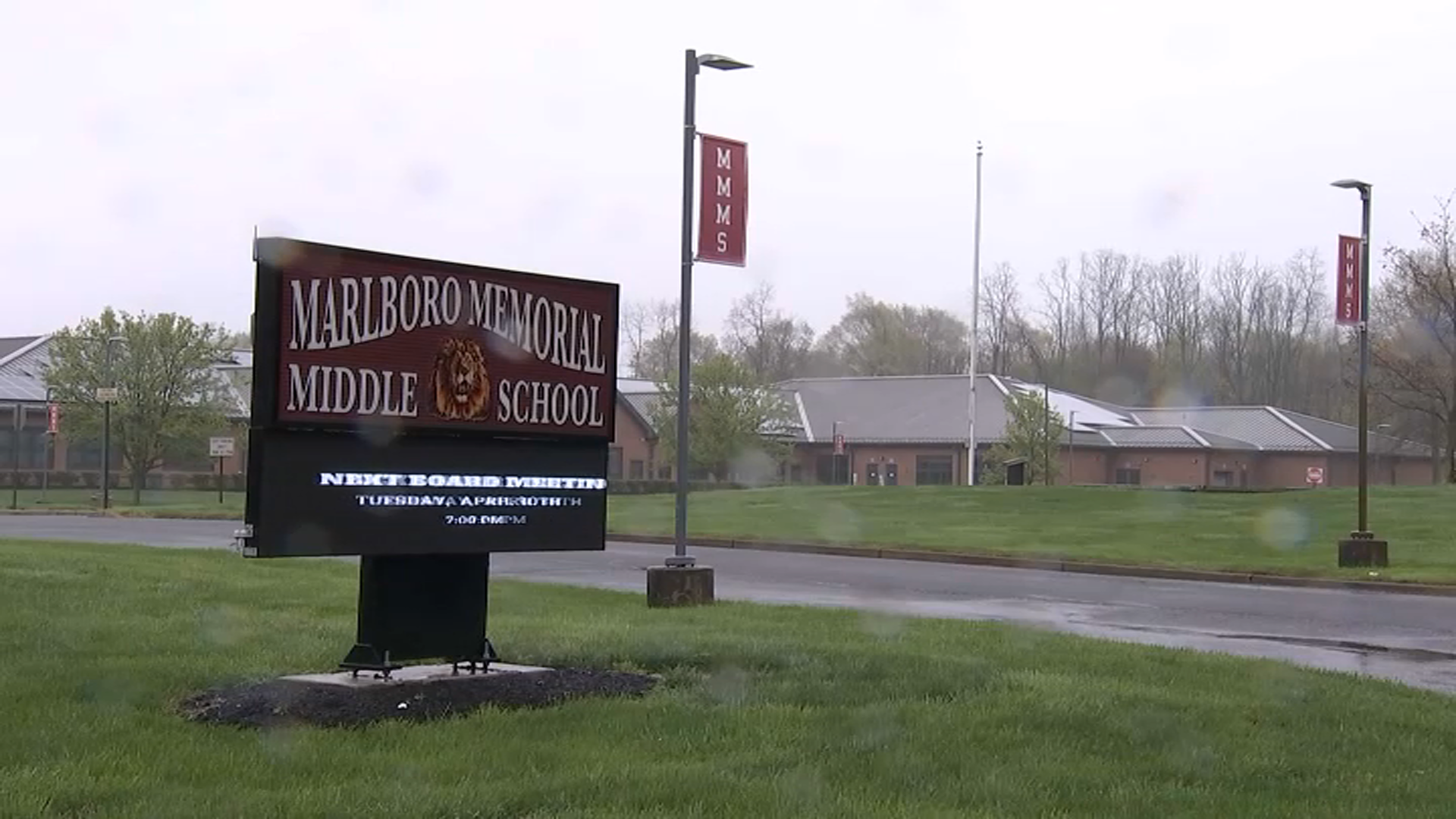A Queens man imprisoned for two dozen years in the stabbing death of a 72-year-old woman is imploring the district attorney to reopen his case after two DNA samples showed another man’s genetic material under the victim's fingernails.
Jaythan Kendrick was convicted in the decades-old murder of Josephine Sanchez, who was stabbed in the back with one half of a scissor blade in a botched purse snatching in front of the Ravenswood Public Housing complex in November 1994.
But the prosecutor who handled the original case says the new DNA proves nothing.
In his only jailhouse interview, with Dateline producer Dan Slepian in 2016, Kendrick said he was picked up by police simply because he happened to be walking near the crime scene with a white jacket -- the same color as the jacket of the killer.
"I took a walk to the store and never made it back home. I still have not made it back home," Kendrick said.
Last summer, over objections from the Queens district attorney, a judge ordered DNA testing of Sanchez’s fingernails. The results show trace amounts of another person's genetic material under two of the victim’s nails, one on each hand. The genetic material is not consistent with Kendrick’s DNA; however, there is not enough of it to compare with individuals in criminal databanks.
"If the DNA has cleared him, then why won’t the public officials move forward for the victim and find out who truly committed this crime?" said Clarence Hughes, Kendrick’s cousin.
Local
James Quinn, the assistant district attorney who was in charge of the criminal case back in 1994, said another man’s DNA under the victim’s fingernails does not prove Jaythan Kendrick is innocent. He suggested partial traces of DNA could be deposited under a person’s nails as a result of casual contact, and he noted that Josephine Sanchez was stabbed in the back, raising questions about whether she was even able to scratch her attacker in an attempt to get away or fight back.
"They have no idea who that DNA could be from. It could be transferred by very casual contact. It could be transferred by shaking hands," Quinn said.
"I’m confident that Jaythan Kendrick committed this crime. I haven’t seen anything that convinces me otherwise."
Beyond the new DNA evidence, the Queens D.A.'s office points to several pieces of circumstantial evidence that were presented at trial which point to Kendrick's guilt. He was an admitted crack addict with an expensive habit in 1994. An acquaintance said he once saw half a scissor blade in Kendrick's apartment, and detectives found three purses in the apartment -- one of which was black like the purse stolen from Josephine Sanchez.
Kendrick, who has always maintained his innocence, is now working with the Innocence Project, a nonprofit dedicated to using DNA in efforts to exonerate wrongfully convicted defendants.
The Innocence Project declined to comment for this story, but the I-Team obtained a court document which appears to show another part of the effort to overturn Kendrick’s conviction.
Last summer, Brandon Rogers, an eyewitness who was 10 years old when he picked Kendrick out of a police lineup, signed an affidavit alleging his identification was tainted by coercion from detectives. In the affidavit, Rogers, who is now 33, said, "I believe my innocence and youth were taken advantage of."
At the trial of Jaythan Kendrick, Rogers testified that he initially picked a different man – a filler – out of the lineup, but then had a change of heart and chose Kendrick. The new affidavit says it was actually police who told him to try again.
"When I left the lineup room, I learned that I did not get it right. A detective said maybe I was nervous. I was told to go back to the room and pick again," Rogers wrote. "I never could identify the perpetrator’s face."
According to Professor Margaret Bull Kovera, an expert on police lineups at John Jay College of Criminal Justice, eyewitnesses should get only one chance to pick out a suspect. She also said detectives should never indicate to the eyewitness whether or not the suspect is even in the lineup.
"Once a witness has had a crack at identifying a suspect and they don’t, that is it," Kovera said.
Quinn told the I-Team he believes Rogers' new statement about the decades-old lineup is a lie, possibly prompted by representatives of Kendrick who could have twisted the meaning of the new DNA evidence to make it seem more definitive than it really is. He said Queens D.A. detectives visited Rogers a few days before he signed the affidavit and in that meeting, Rogers confirmed his original testimony.
According to Quinn, the Rogers affidavit was provided to his office by Tom Hoffman, an attorney who specializes in representing prisoners who are challenging their convictions based on new forensic evidence and prosecutorial misconduct. In a 2017 decision, a federal judge noted that Hoffman’s team of lawyers "engaged in questionable tactics in their dealings with [another] witness"; however, that witness was ultimately freed.
Hoffman declined to comment for this story, but the I-Team has learned the team of lawyers representing Kendrick plans to make an issue out of Quinn's conduct in prosecuting the 1994 case. Kendrick's motion to reopen the case is expected to accuse Quinn of failing to tell Kendrick's original defense attorney about one of two felony robbery cases another key witness was involved in leading up to the trial.
Mario Aguillo, a witness who testified he saw Kendrick running away from the murder scene with a purse, pleaded guilty to a robbery charge that the jury heard about at trial, and was sentenced to two years in prison. But he had also been identified in another robbery case that was not disclosed to the defense, though he was not charged in that case.
Quinn said he was unaware of the second robbery case, but he would have told the defense about it if he had been aware.
The I-Team was unable to locate Aguillo for comment.



